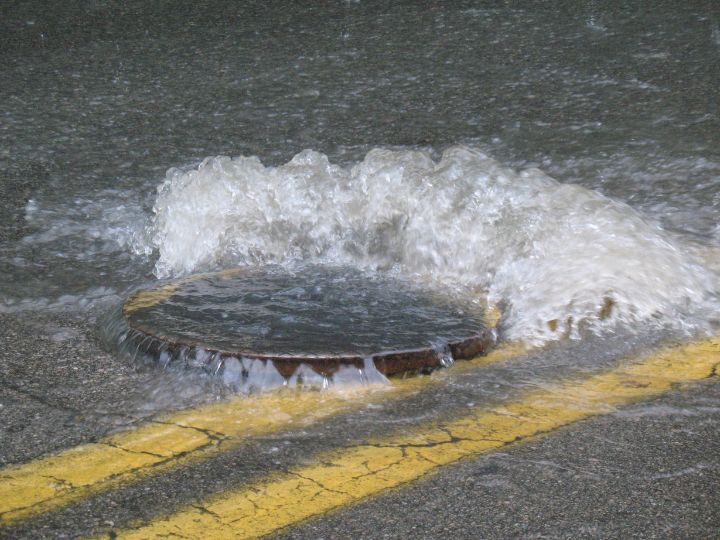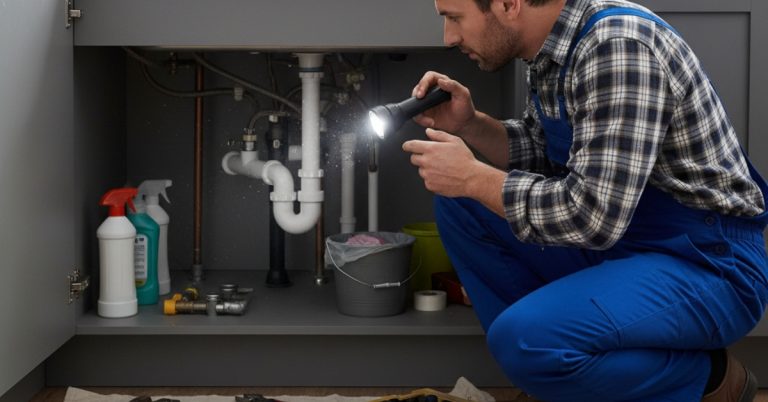Flooding can cause catastrophic damage to properties, but one of the most overlooked and expensive issues lies beneath the surface — the sewer line. After a flood, homeowners often face unexpected plumbing challenges that can lead to long-term structural and health risks if not addressed promptly. Understanding what to expect and how to respond to sewer line issues after flooding can make a significant difference in both cost and safety.
Table of Contents
Understanding How Flooding Affects Sewer Lines
When floodwaters infiltrate a property, they don’t just soak floors and walls. Water seeps into the ground and can exert intense pressure on underground infrastructure, including sewer lines. These pipes are often overwhelmed by sudden inflows of stormwater, leading to backups, blockages, and even collapses.
Common issues include:
- Soil displacement, which can cause misalignment or pipe separation
- Infiltration of debris, such as mud, sand, and plant matter into sewer lines
- Backflow from municipal sewage systems
- Cracking and joint failure due to ground movement
Tree root intrusion triggered by saturated soils
Warning Signs of Sewer Line Damage After a Flood
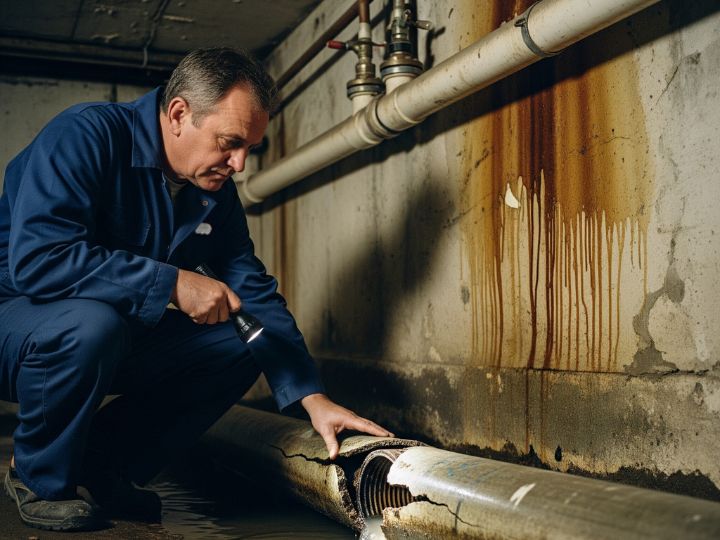
Flood-related sewer line problems may not be immediately visible. However, several red flags often emerge days or weeks after waters recede:
- Persistent foul odors inside or outside the home
- Gurgling noises coming from drains and toilets
- Slow drainage or standing water in sinks, tubs, or toilets
- Sewage backups in low-lying plumbing fixtures
- Lush patches of grass in the yard from leaking sewage
- Mold or mildew growth due to hidden leaks
Ignoring these symptoms can lead to costly repairs, extensive water damage, and serious health hazards due to exposure to raw sewage.
Flooding and Combined Sewer Overflow (CSO) Events
In older urban areas with combined sewer systems, flooding can trigger CSO events. These systems are designed to carry both stormwater and sewage in the same pipes. During heavy rainfall or flooding, they become overwhelmed, discharging untreated sewage into nearby streets, basements, or natural water sources.
Risks include:
- Contamination of drinking water sources
- Spread of pathogens and disease
- Significant property damage from sewage inundation
Homeowners in such areas are at heightened risk and should consult local sewer authorities to understand regional vulnerabilities.
Steps to Take Immediately After a Flood
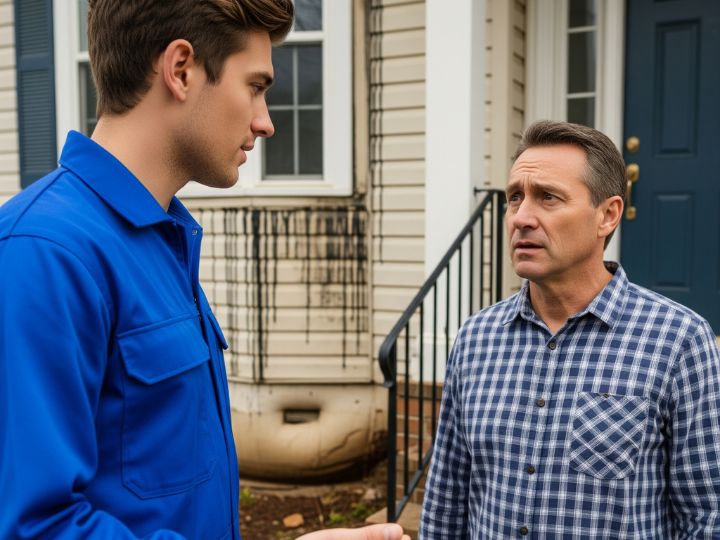
To mitigate sewer line damage and safeguard your home, swift action is critical:
- Shut off water and avoid using plumbing fixtures until systems are inspected.
- Contact a licensed plumber or sewer inspection company specializing in post-flood assessments.
- Request a camera sewer inspection to identify blockages, misalignments, or breakages.
- Document everything for insurance purposes, including photos, reports, and receipts.
Report any backflow incidents to your municipal utility provider.
The Role of Sewer Camera Inspections Post-Flood
Camera inspections are the gold standard for diagnosing underground sewer line damage. These inspections involve inserting a high-definition camera into the sewer system to provide real-time visuals of the pipe’s interior.
Benefits of sewer camera inspections include:
- Pinpointing exact locations of damage or blockage
- Avoiding unnecessary excavation or guesswork
- Providing documentation for insurance claims
- Revealing structural damage, grease buildup, or invasive roots
- Detecting hidden cracks or corrosion that could lead to major failures
Investing in a sewer camera inspection post-flood can save thousands in future repair costs and prevent undetected leaks that may worsen over time.
Repair Options for Sewer Line Problems After Flooding
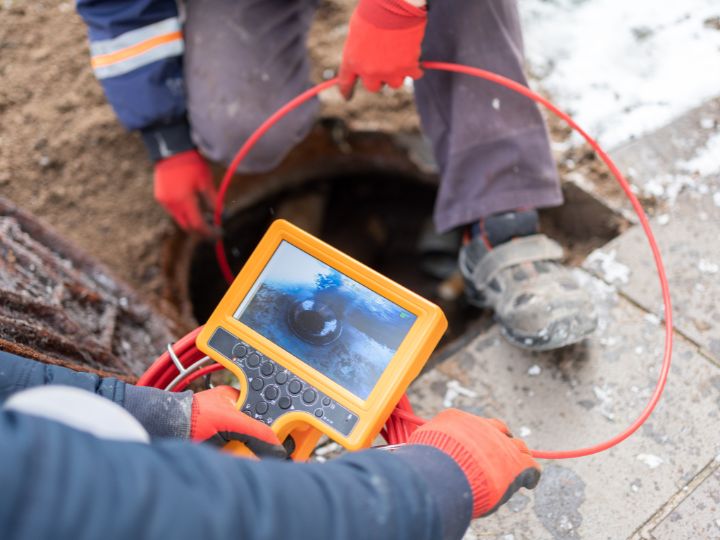
Depending on the severity of the damage, there are multiple options for repairing flood-damaged sewer lines:
1. Traditional Excavation and Pipe Replacement
This involves digging up the yard to access and replace damaged sections. While effective, it is labor-intensive and disruptive.
2. Trenchless Sewer Repair (CIPP or Pipe Bursting)
Modern trenchless methods like Cured-in-Place Pipe (CIPP) lining or pipe bursting offer less invasive solutions. These techniques repair or replace the pipe without digging up the entire yard.
Advantages:
- Faster completion time
- Lower labor costs
- Minimal disruption to landscaping
- Durable, long-lasting results
3. Hydro Jetting Services
If the issue is limited to blockages or debris, hydro jetting can clear the pipe using high-pressure water. It’s an effective, non-invasive method to remove obstructions.
Insurance Coverage for Sewer Line Flood Damage
Not all homeowner insurance policies automatically cover sewer line damage due to flooding. Most standard policies exclude flood-related damage unless you’ve purchased flood insurance or a specific sewer backup endorsement.
Key tips:
- Review your policy details annually
- Consider adding a sewer backup rider
- Keep records of all maintenance and repairs
- Take preventive measures to reduce future claims
Preventing Future Sewer Line Issues During Floods
Mitigation is key to reducing the risk of sewer line damage in future flood events. Consider implementing the following:
- Install a backwater valve to prevent sewage from re-entering your home
- Keep storm drains and gutters clear to reduce water pooling
- Grade your landscape to divert water away from your foundation
- Have sewer lines inspected and cleaned regularly
- Replace old clay or cast iron pipes with modern, flood-resistant materials
Taking these steps can drastically lower the chances of dealing with sewer disasters the next time heavy rain or flooding strikes.
Get your water heater repaired or replaced the same day
When to Call a Professional
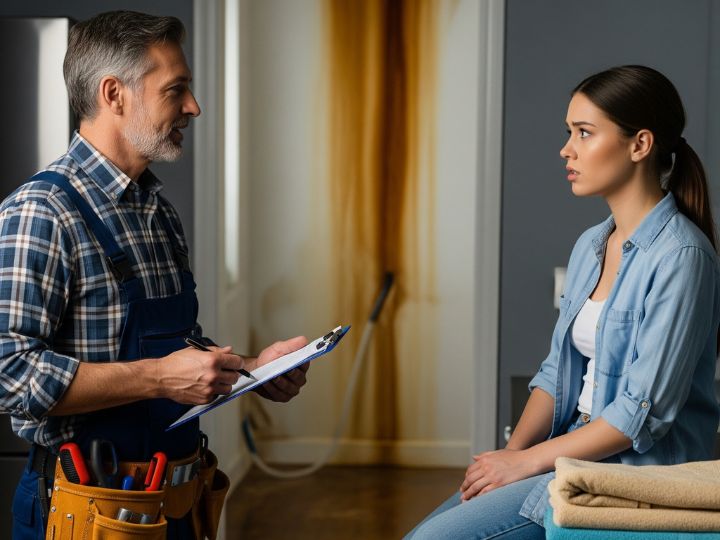
If you’ve experienced any signs of sewer line damage or if your area was significantly impacted by flooding, don’t wait. Early professional intervention is crucial to protect your home’s foundation, plumbing system, and your family’s health.
Look for plumbing companies with:
- 24/7 emergency services
- Specialization in flood-related sewer repairs
- Certified and insured technicians
- Positive reviews and strong local reputations
For trusted and efficient sewer replacement or repair, count on 5 Star Best Plumbing. Our team of certified professionals is ready to help restore your plumbing system. Contact us today to schedule a thorough inspection and protect your home from further damage.
Conclusion
Flooding can wreak havoc on a home’s plumbing infrastructure, particularly sewer lines. By recognizing the warning signs, acting quickly, and investing in proper inspections and repairs, homeowners can avoid the worst consequences. Sewer line damage after flooding isn’t just an inconvenience — it’s a serious issue with far-reaching impacts on health, safety, and property value.
Don’t wait for minor issues to escalate into costly disasters. Stay proactive and protect your home with professional inspections and emergency plumbing services after flooding to ensure your plumbing system remains safe and reliable.
FAQs
How do I know if my sewer line was damaged after a flood?
Watch for warning signs like foul odors, slow drains, gurgling sounds, or sewage backups. These symptoms often appear days or weeks after floodwaters recede.
Are sewer camera inspections necessary after flooding?
Yes, sewer camera inspections help detect hidden cracks, blockages, or structural damage without invasive digging. This early detection can save you from costly repairs later.
What is the best repair option for a flood-damaged sewer line?
Trenchless sewer repair is often the preferred method as it’s less invasive and quicker than traditional excavation. However, the best option depends on the extent of damage found during inspection.
Will my homeowner’s insurance cover sewer line repairs after flooding?
Most standard policies don’t cover flood-related sewer damage unless you have flood insurance or a sewer backup endorsement. Check your policy details and consider additional coverage for future protection.
How can I prevent sewer line problems during future floods?
Install a backwater valve, maintain clean gutters, and have regular sewer inspections. Upgrading old pipes to modern, flood-resistant materials also reduces future risks.

